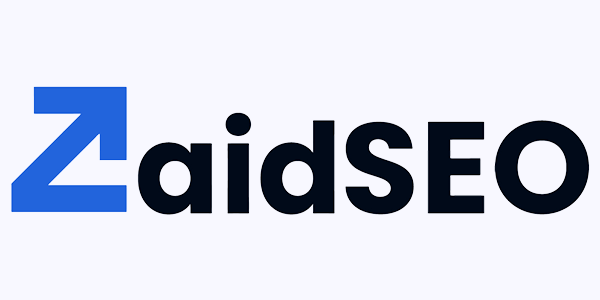1xx status codes are informational responses that indicate the server has received the request headers and is continuing to process the communication. These interim responses are typically invisible to end users and occur at the protocol level between servers and clients.
List of All 1xx Status Codes
| HTTP Status Code | Name | Description |
|---|---|---|
| 100 | Continue | The server has received the initial part of the request and the client should proceed with the request. |
| 101 | Switching Protocols | The server agrees to switch protocols as requested by the client (e.g., upgrading from HTTP/1.1 to WebSocket). |
| 102 | Processing | The server has received and is processing the request, but no response is available yet (primarily used with WebDAV). |
| 103 | Early Hints | Used to return some response headers before the final HTTP message. |
Technical Applications of 1xx Status Codes
Understanding 1xx status codes can be valuable for web developers and system administrators:
100 Continue
Used for optimizing large uploads by allowing clients to send request headers first before committing to sending the entire request body.
Technical Application: Improves efficiency when uploading large files by preventing unnecessary data transfer when the server might reject the request based on headers alone.
101 Switching Protocols
Allows servers and clients to upgrade from the current protocol to a different one during the same connection.
Technical Application: Critical for implementing WebSocket connections, which begin as standard HTTP connections and then upgrade to the WebSocket protocol.
103 Early Hints
Enables servers to send certain response headers to clients before the final response is ready.
Technical Application: Can improve page load performance by allowing browsers to preload resources while the server generates the complete response.
Do 1xx Status codes impact SEO?
Unlike other HTTP status codes, 1xx codes have negligible impact on SEO for several key reasons:
- They’re temporary and intermediate: These codes never serve as the final response to a request. Every request ultimately resolves to a different status code (2xx, 3xx, 4xx, or 5xx).
- They’re invisible to search engine evaluation: Search engines evaluate the final status code of a request, not the intermediate communication.
- They operate at the protocol level: These codes facilitate communication between servers and clients but don’t affect content availability or redirects.
- They don’t influence crawling or indexing decisions: Search engines make crawling and indexing decisions based on final status codes, not informational ones.


